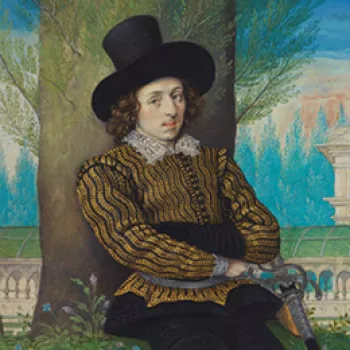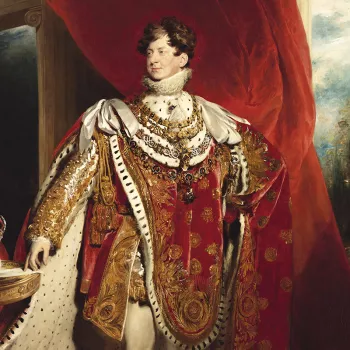Designs for the pavilion at Brighton ... / by H. Repton ; with the assistance of his sons, John Adey Repton and G.S. Repton. With: An Inquiry into the changes in architecture as it relates to palaces and houses in England ... 1808
RCIN 1150259
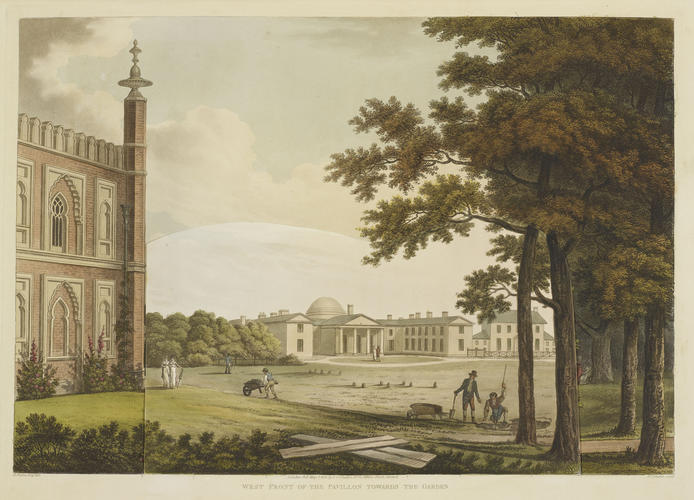
Humphry Repton (1752-1818)
Designs for the pavilion at Brighton . . . / by H. Repton ; with the assistance of his sons, John Adey Repton and G. S. Repton. With: An Inquiry into the changes in architecture as it relates to palaces and houses in England . . 1808
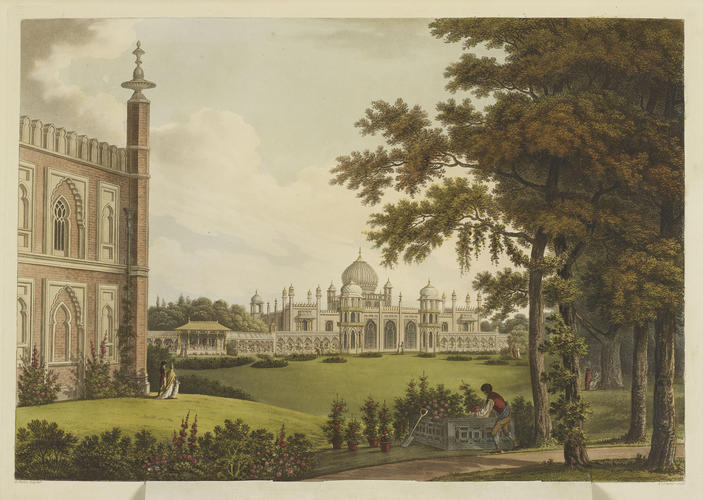
Humphry Repton (1752-1818)
Designs for the pavilion at Brighton . . . / by H. Repton ; with the assistance of his sons, John Adey Repton and G. S. Repton. With: An Inquiry into the changes in architecture as it relates to palaces and houses in England . . 1808
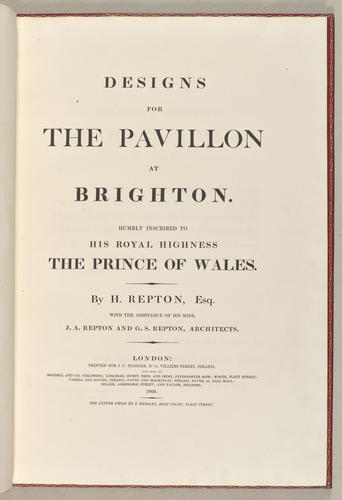
Humphry Repton (1752-1818)
Designs for the pavilion at Brighton . . . / by H. Repton ; with the assistance of his sons, John Adey Repton and G. S. Repton. With: An Inquiry into the changes in architecture as it relates to palaces and houses in England . . 1808
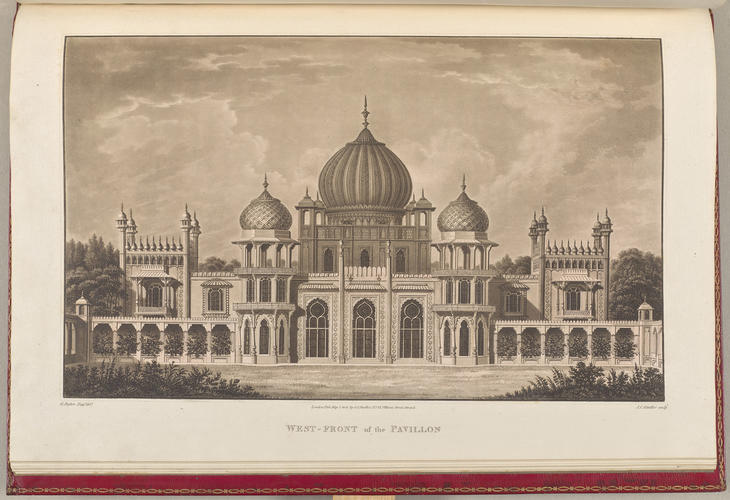
Humphry Repton (1752-1818)
Designs for the pavilion at Brighton . . . / by H. Repton ; with the assistance of his sons, John Adey Repton and G. S. Repton. With: An Inquiry into the changes in architecture as it relates to palaces and houses in England . . 1808
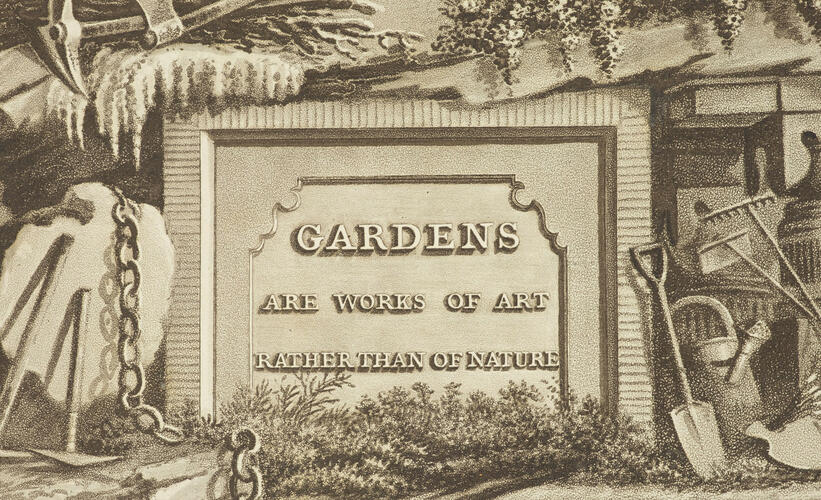
Humphry Repton (1752-1818)
Designs for the pavilion at Brighton . . . / by H. Repton ; with the assistance of his sons, John Adey Repton and G. S. Repton. With: An Inquiry into the changes in architecture as it relates to palaces and houses in England . . 1808





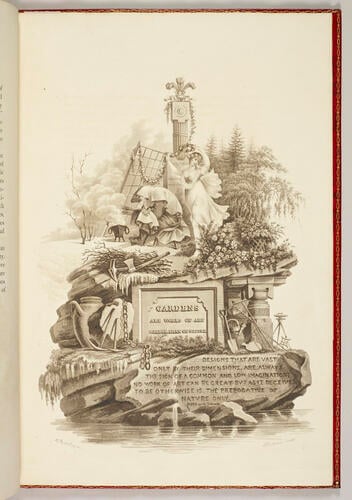
-
By the late-eighteenth century, the landscape garden of panoramic vistas and attempts to replicate natural landscapes, the approach spearheaded by Lancelot 'Capability' Brown (bap. 1718, d. 1783), began to fall out of favour. Instead, landscape gardeners such as Humphrey Repton (1752-1818) began to reintroduce elements of informality in garden design.
Repton is notable for his 'little red-books', publications of watercolour and aquatint engravings which showed landowners, and prospective customers, 'before' and 'after' views of their grounds via the use of a simple 'lift the flap' exercise which aided comparisons. The intention of these books was to clearly demonstrate how the overwhelming appearance of many landscape gardens could be brought back to a human scale with simple enhancements.
This novel approach was very popular, and, in 1793, Repton was hired by the Prince of Wales, later George IV, to redevelop the gardens at Carlton House. In 1805, the Prince asked Repton to redevelop the Royal Pavilion at Brighton. Repton's red book, presented to the Prince the following year, replaces the Pavilion's neoclassical façade with one based upon a fantasy Mughal palace, complete with an extensive flower garden of exotic flowers. Unfortunately, although the Prince supported Repton's designs, the project was never realised due to the Prince's financial problems. Nevertheless, Repton's proposal was partially realised when the Pavilion was finally redeveloped by John Nash from 1814.
Entry adapted from 'Painting Paradise' London 2015. -
Creator(s)
(contributor)(contributor)(publisher) -
Category




